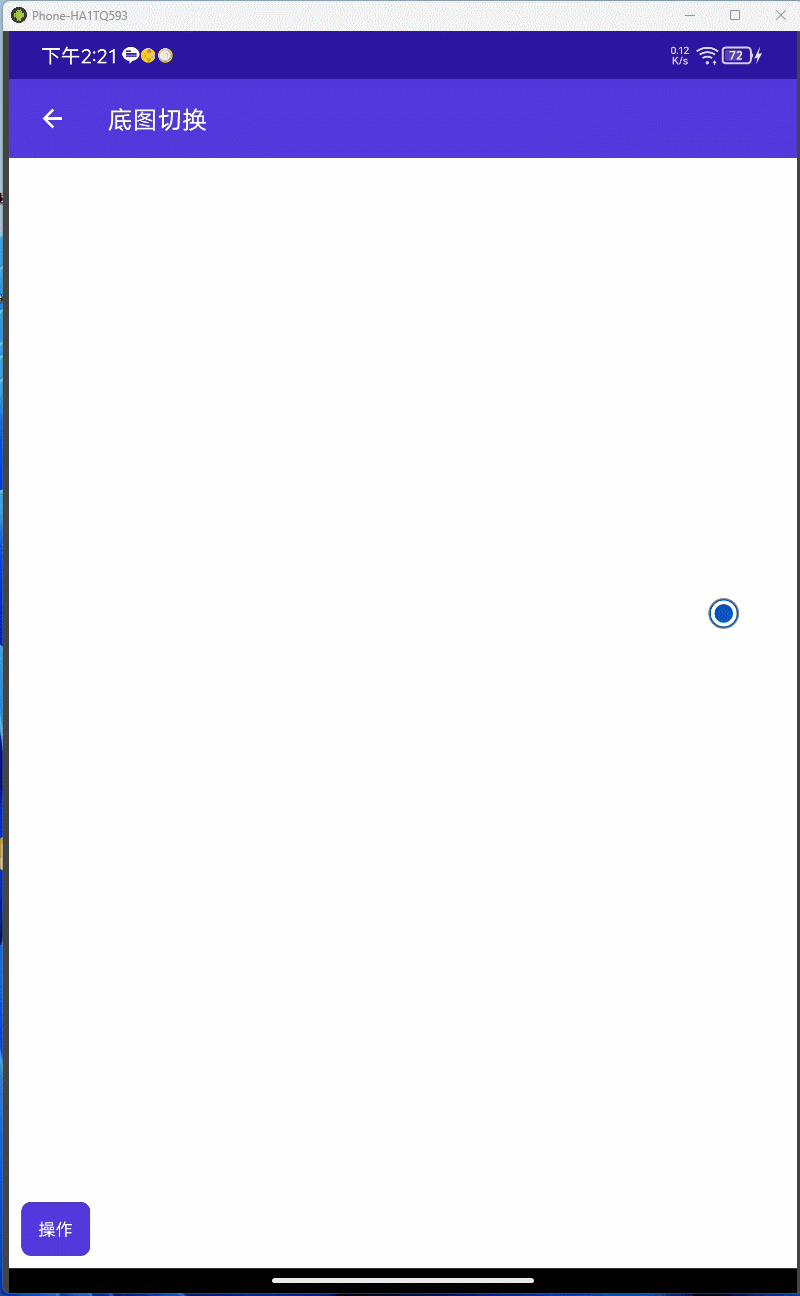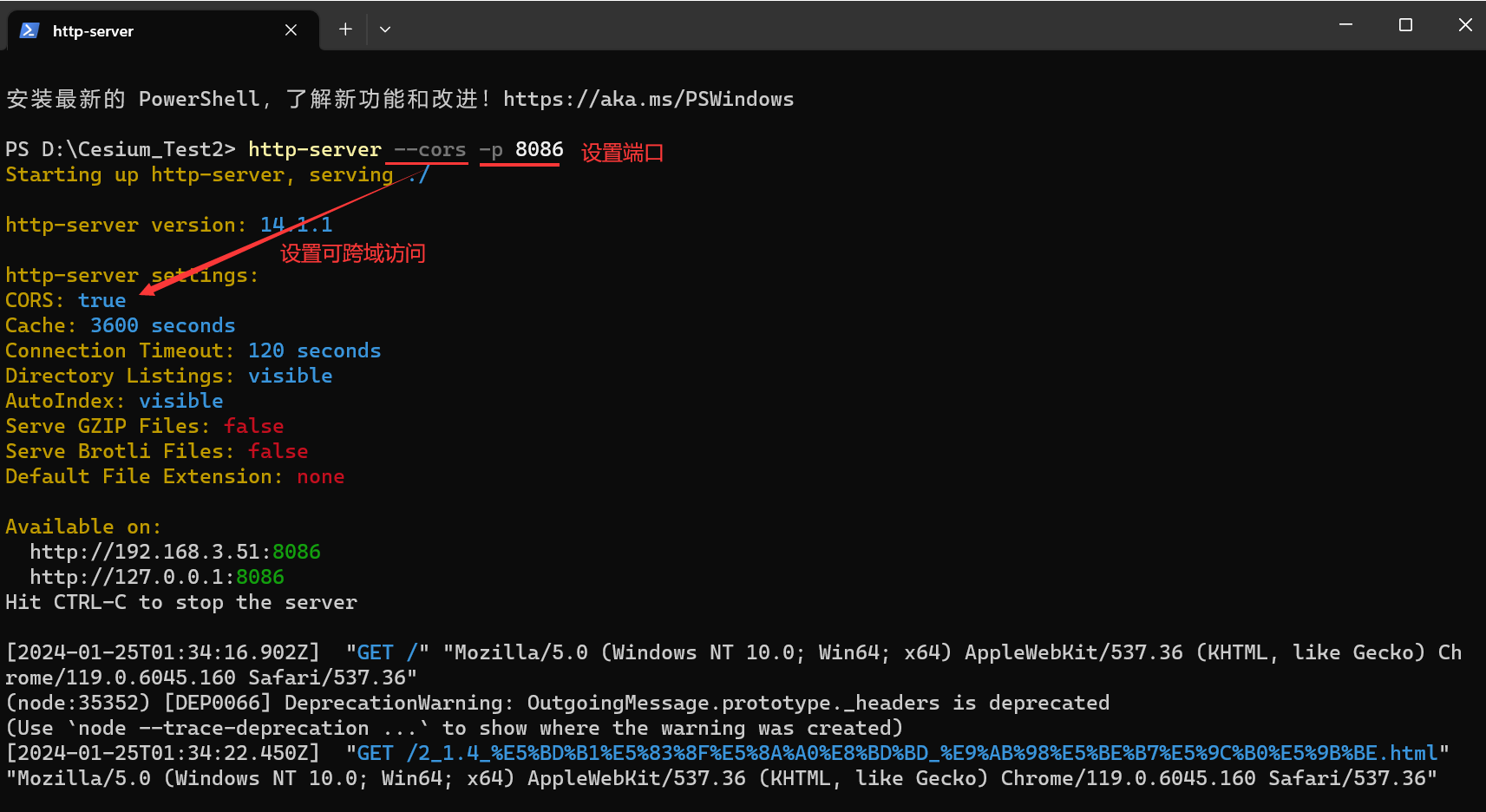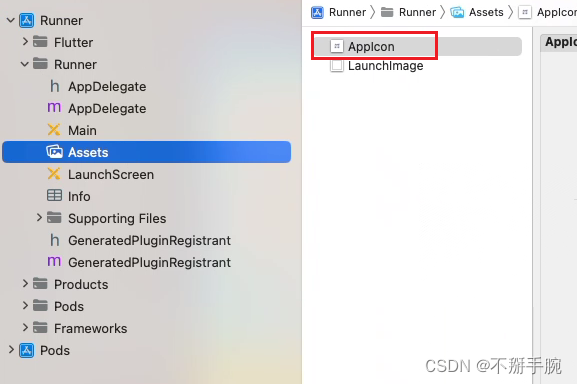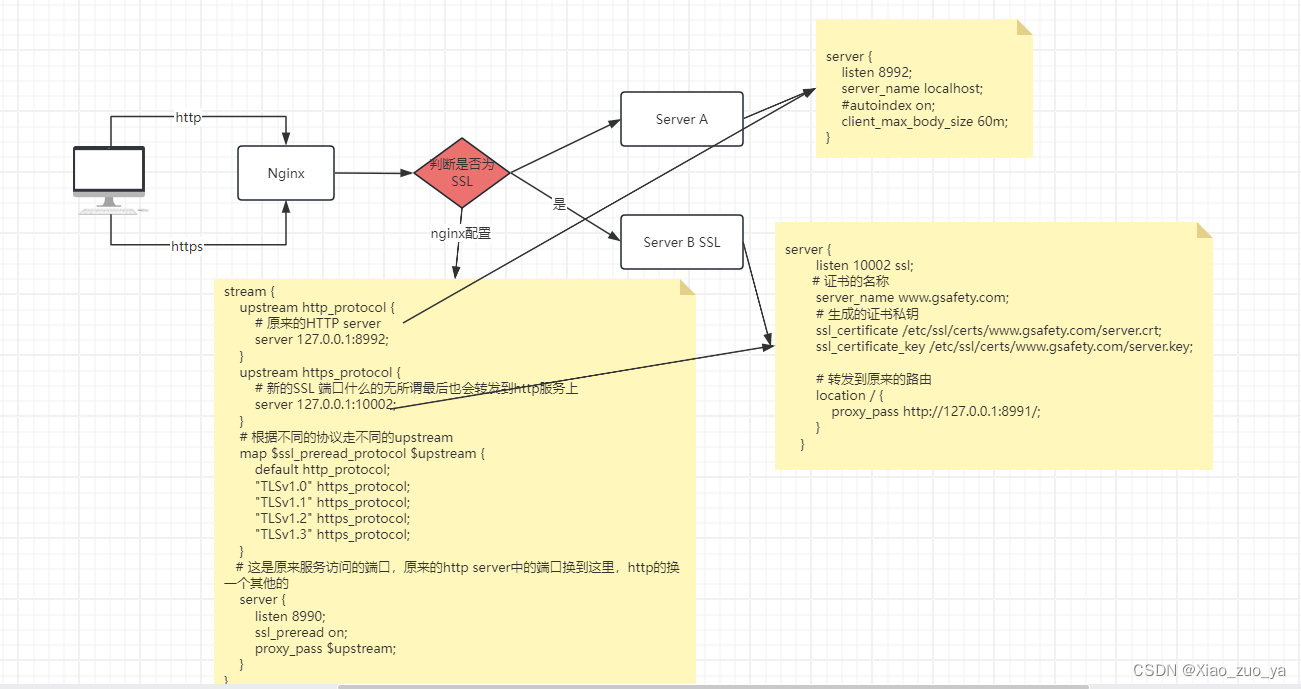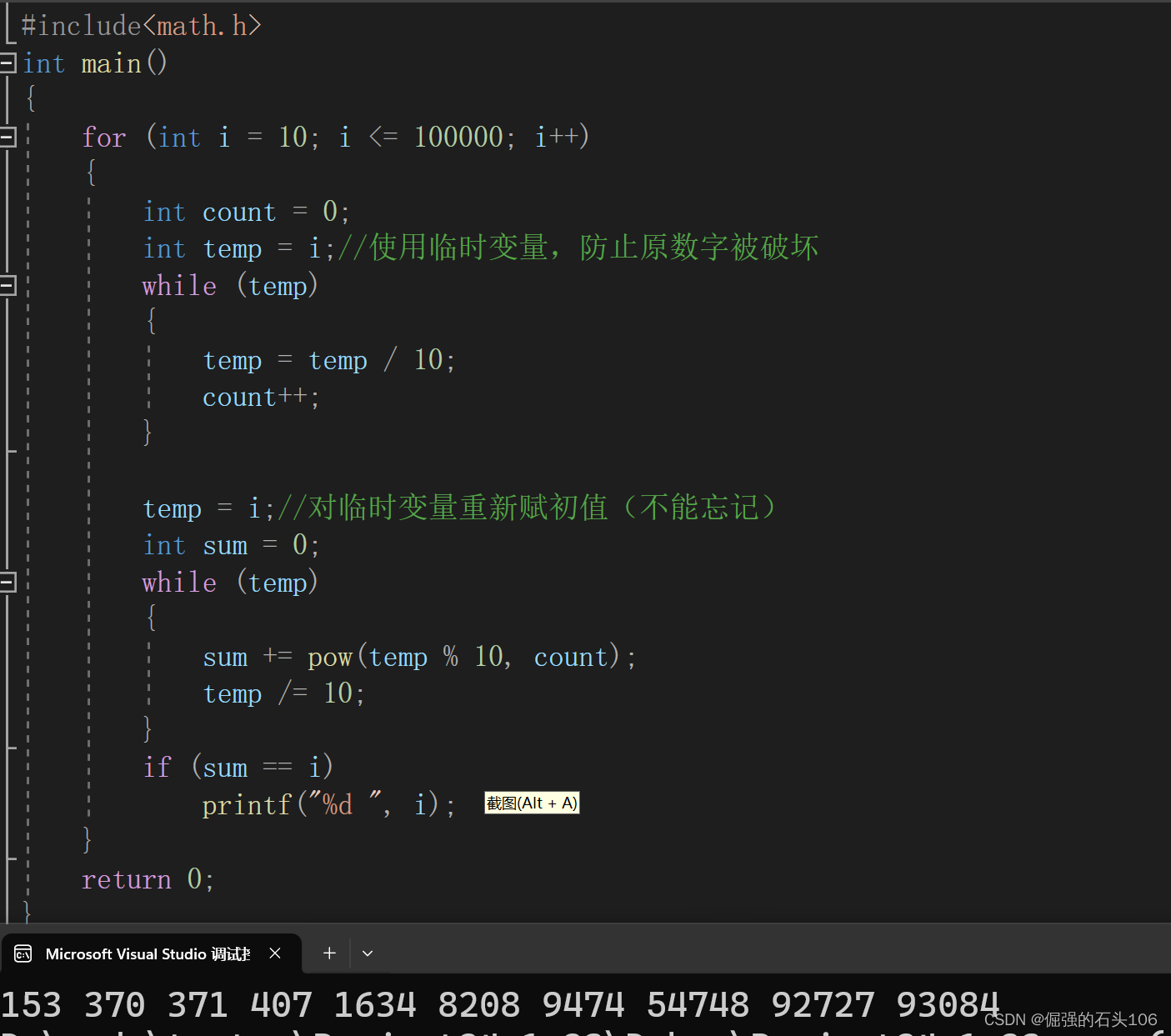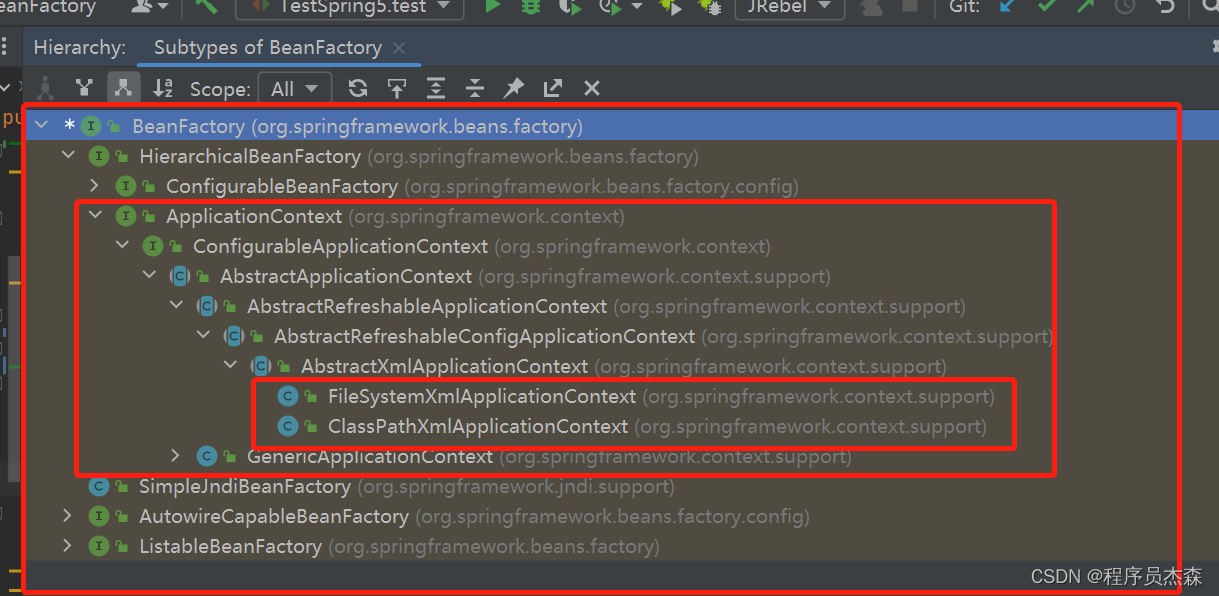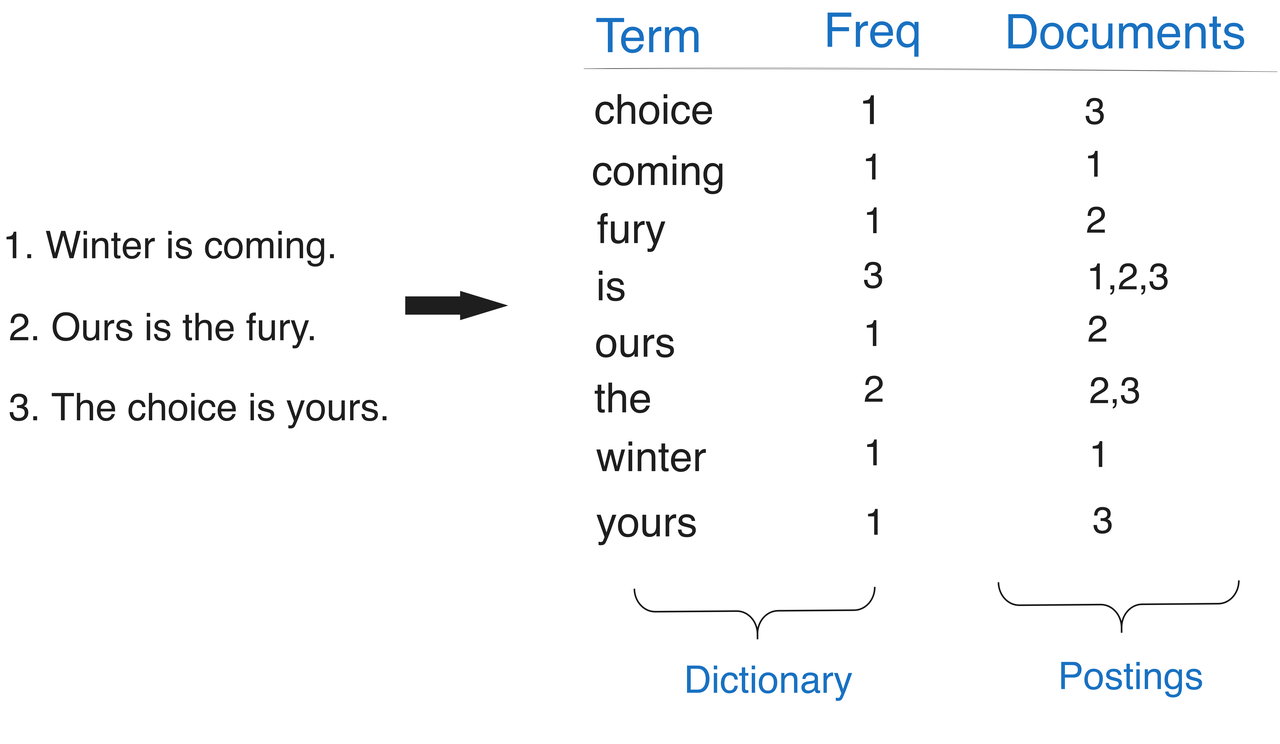目录
源码:
List.c文件:
List.h文件:
简单的测试:

很简单,没什么好说的,直接上源码。

源码:
List.c文件:
#include"DLList.h"
ListNode* creadNode(LTDataType x)
{
ListNode* temp = (ListNode*)malloc(sizeof(ListNode));
if (temp == NULL)
{
perror("malloc fail !\n");
return -1;
}
temp->data = x;
temp->next = NULL;
temp->prev = NULL;
return temp;
}
// 创建返回链表的头结点.
ListNode* ListCreate()
{
ListNode* temp = (ListNode*)malloc(sizeof(ListNode));
if (temp == NULL)
{
perror("malloc fail !\n");
return -1;
}
temp->next = temp;
temp->prev = temp;
temp->data = 0;
return temp;
}
// 双向链表销毁
void ListDestory(ListNode* pHead)
{
//头节点一定不会为空
assert(pHead);
if (pHead->next == pHead)
{
free(pHead);
pHead = NULL;
}
ListNode* cur = pHead->next;
while (cur != pHead)
{
ListNode* next = cur->next;
free(cur);
cur = next;
}
printf("销毁成功!");
}
// 双向链表打印
void ListPrint(ListNode* pHead)
{
assert(pHead);
if (pHead->next == pHead)
{
printf("List is NULL!\n");
exit(-1);
}
printf("哨兵位<=>");
ListNode* cur = pHead->next;
while (cur != pHead)
{
printf("%d<=>",cur->data);
cur = cur->next;
}
printf("\n");
}
// 双向链表尾插
void ListPushBack(ListNode* pHead, LTDataType x)
{
ListNode* newNode = creadNode(x);
ListNode* tail = pHead->next;
while (tail->next != pHead)
{
tail = tail->next;
}
newNode->next = pHead;
pHead->prev = newNode;
tail->next = newNode;
newNode->prev = tail;
}
// 双向链表尾删
void ListPopBack(ListNode* pHead)
{
assert(pHead);
if (pHead->next == pHead)
{
printf("List is NULL!\n");
exit(-1);
}
ListNode* tail = pHead->prev;
ListNode* prev = tail->prev;
pHead->prev = prev;
prev->next = pHead;
free(tail);
}
// 双向链表头插
void ListPushFront(ListNode* pHead, LTDataType x)
{
ListNode* newNode = creadNode(x);
newNode->next = pHead->next;
pHead->prev = newNode;
pHead->next = newNode;
newNode->prev = pHead;
}
// 双向链表头删
void ListPopFront(ListNode* pHead)
{
assert(pHead);
if (pHead->next == pHead)
{
printf("List is NULL!\n");
exit(-1);
}
ListNode* firstNode = pHead->next;
ListNode* secondNode = firstNode->next;
pHead->next = secondNode;
secondNode->prev = pHead;
free(firstNode);
firstNode = NULL;
}
// 双向链表查找
ListNode* ListFind(ListNode* pHead, LTDataType x)
{
assert(pHead);
ListNode* cur = pHead->next;
while (cur != pHead)
{
if (cur->data == x)
{
return cur;
}
cur = cur->next;
}
return NULL;
}
// 双向链表在pos的前面进行插入
void ListInsert(ListNode *pHead, ListNode* pos, LTDataType x)
{
assert(pos);
if (pos == pHead)
{
ListPushBack(pHead,x);
}
ListNode* cur = pHead->next;
while (cur != pHead)
{
if (cur->data == pos->data)
{
ListNode* prev = pos->prev;
ListNode *newNode = creadNode(x);
prev->next = newNode;
newNode->prev = prev;
newNode->next = pos;
pos->prev = newNode;
return;
}
cur = cur->next;
}
}
// 双向链表删除pos位置的节点
void ListErase(ListNode* pHead,ListNode* pos)
{
assert(pHead);
if (pos == pHead->next)
{
ListPopFront(pHead);
}
if (pos == pHead->prev)
{
ListPopBack(pHead);
}
ListNode* cur = pHead->next;
while (cur != pHead)
{
if (cur->data == pos->data)
{
ListNode* prev = cur->prev;
ListNode* next = cur->next;
prev->next = next;
next->prev = prev;
free(cur);
return;
}
cur = cur->next;
}
}List.h文件:
#pragma once
#include<stdio.h>
#include<stdlib.h>
#include<assert.h>
// 带头 + 双向 + 循环链表增删查改实现
typedef int LTDataType;
typedef struct ListNode
{
LTDataType data;
struct ListNode* next;
struct ListNode* prev;
}ListNode;
ListNode* creadNode();
// 创建返回链表的头结点.
ListNode* ListCreate();
// 双向链表销毁
void ListDestory(ListNode* pHead);
// 双向链表打印
void ListPrint(ListNode* pHead);
// 双向链表尾插
void ListPushBack(ListNode* pHead, LTDataType x);
// 双向链表尾删
void ListPopBack(ListNode* pHead);
// 双向链表头插
void ListPushFront(ListNode* pHead, LTDataType x);
// 双向链表头删
void ListPopFront(ListNode* pHead);
// 双向链表查找
ListNode* ListFind(ListNode* pHead, LTDataType x);
// 双向链表在pos的前面进行插入
void ListInsert(ListNode* pHead,ListNode* pos, LTDataType x);
// 双向链表删除pos位置的节点
void ListErase(ListNode* pHead,ListNode* pos);简单的测试:
#include"DLList.h"
void test1(ListNode * head) {
ListPushBack(head, 1);
ListPushBack(head, 2);
ListPushBack(head, 3);
ListPushBack(head, 4);
ListPushBack(head, 5);
ListPopBack(head);
ListPrint(head);
ListPopBack(head);
ListPrint(head);
ListPopBack(head);
ListPrint(head);
ListPopBack(head);
ListPrint(head);
ListPopBack(head);
ListPrint(head);
ListPopBack(head);
ListPrint(head);
}
void test2(ListNode* head) {
ListPushBack(head, 1);
ListPushBack(head, 2);
ListPushBack(head, 3);
ListPushBack(head, 4);
ListPushBack(head, 5);
ListPopFront(head);
ListPrint(head);
}
void test3(ListNode* head) {
ListPushBack(head, 1);
ListPushBack(head, 2);
ListPushBack(head, 3);
ListPushBack(head, 4);
ListPushBack(head, 5);
ListFind(head,2);
ListFind(head,7);
ListPrint(head);
}
void test4(ListNode* head) {
ListPushBack(head, 1);
ListPushBack(head, 2);
ListPushBack(head, 3);
ListPushBack(head, 4);
ListPushBack(head, 5);
ListInsert(head, ListFind(head, 2),10);
ListInsert(head, ListFind(head, 1),10);
ListInsert(head, ListFind(head, 5),10);
ListInsert(head, ListFind(head, 6),10);
ListPrint(head);
}
void test5(ListNode* head) {
ListPushBack(head, 1);
ListPushBack(head, 2);
ListPushBack(head, 3);
ListPushBack(head, 4);
ListPushBack(head, 5);
ListErase(head,ListFind(head,5));
ListErase(head,ListFind(head,1));
ListErase(head,ListFind(head,2));
ListPrint(head);
}
int main()
{
ListNode* head = ListCreate();
//test1(head);
//test2(head);
//test3(head);
//test4(head);
test5(head);
ListDestory(head);
return 0;
}


